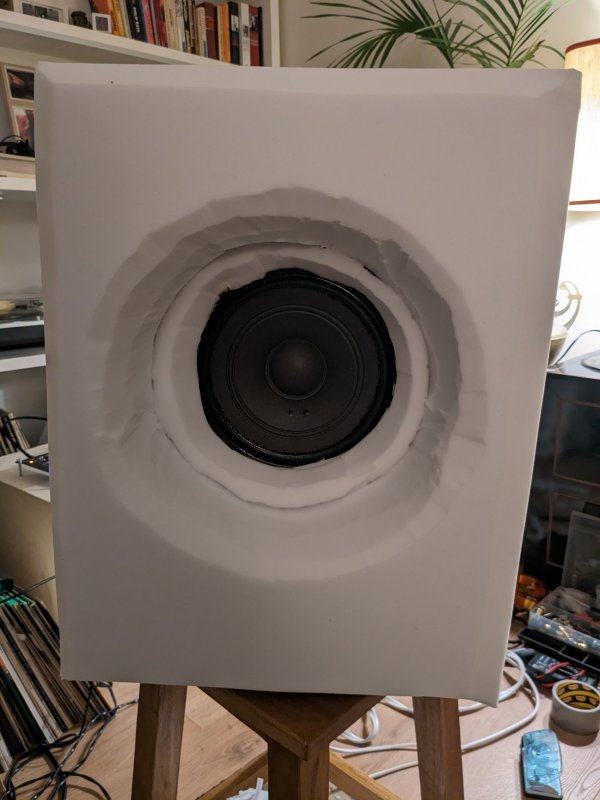Listening extensively to the 755A in those bigger cabinets, I felt like something was "off". I went back to the Silbatone cabinet this morning, and the sound was immediately more "seductive" to my ears. It's hard to put this in words. From an "objective" perspective, there are less resonances - the "RT60" curve is flatter, and the impulse response is smoother. I don't know if this difference comes from the fact that the larger cabinets are MDF (but quite thick) - there may be other factors at play. Subjectively it sounds like there is more "coloration" with the larger cabinets. I like the "drier" ("crisp") sound in the Silbatone cabinet. It was worth a shot!
Hopkins' System
- Thread starter hopkins
- Start date
You are using an out of date browser. It may not display this or other websites correctly.
You should upgrade or use an alternative browser.
You should upgrade or use an alternative browser.
You can pay over 50.000 $ for this:
Or 150$ for this:
No wonder many consumers shy away from high end audio!

Or 150$ for this:
No wonder many consumers shy away from high end audio!
Last edited:
Today I visited the Mark Rothko exhibit held in Paris. His paintings seen in person are breathtaking. You may not be able to tell from a photograph:
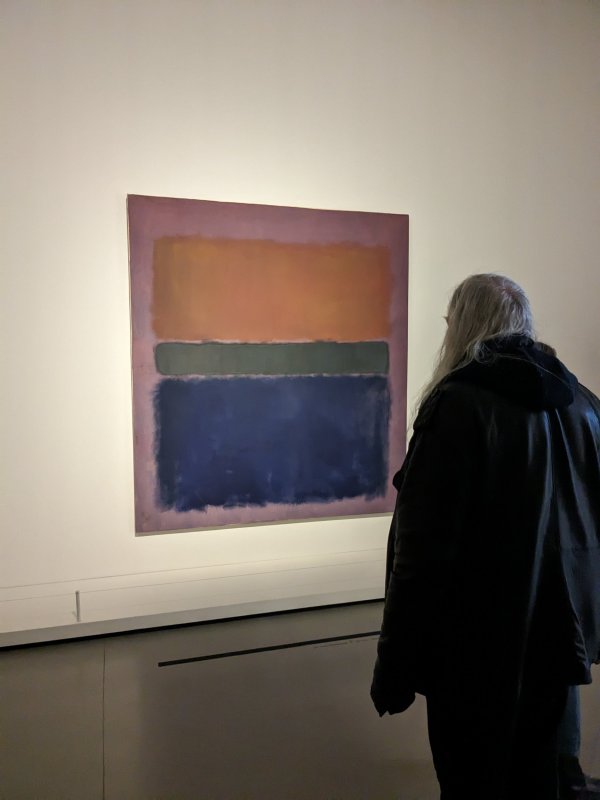
Music, by nature, is ephemeral. Once performed, it is lost forever if it is not recorded. But we have control buttons in our hands - our systems - which we can tweak to adjust how we perceive the recording. It can be fun, it can be rewarding, but there is also a very powerful "dark side" of the force that we risk falling prey to...
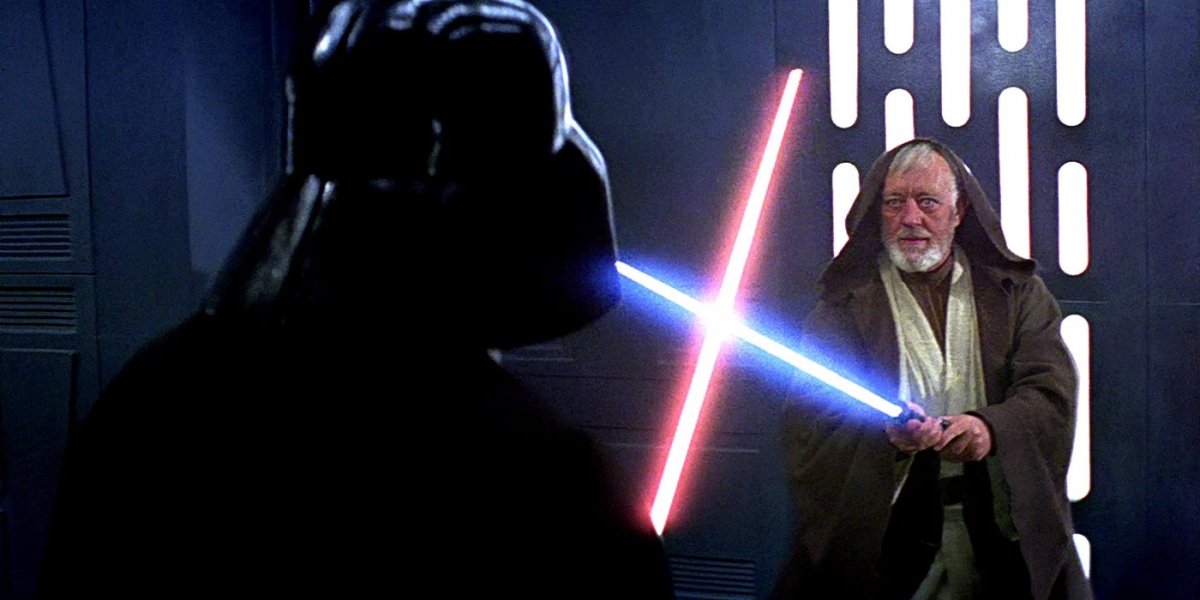
As with relationships, we can fall into "negative sentiment override" with our systems, and start obsessing, tweaking, or even consider changing it. It can be exhausting...
Remember when we were kids and simply enjoyed music on a radio, plastic turntable, or boom box? Innocence lost?
We have to set the remote aside at times and just focus on the music. I go through days when I don't turn on my system, and listen at my computer or on my phone. Then I'm happy to enjoy my system for what it brings.

Music, by nature, is ephemeral. Once performed, it is lost forever if it is not recorded. But we have control buttons in our hands - our systems - which we can tweak to adjust how we perceive the recording. It can be fun, it can be rewarding, but there is also a very powerful "dark side" of the force that we risk falling prey to...

As with relationships, we can fall into "negative sentiment override" with our systems, and start obsessing, tweaking, or even consider changing it. It can be exhausting...
Remember when we were kids and simply enjoyed music on a radio, plastic turntable, or boom box? Innocence lost?
We have to set the remote aside at times and just focus on the music. I go through days when I don't turn on my system, and listen at my computer or on my phone. Then I'm happy to enjoy my system for what it brings.
Last edited:
Agree. The well-known American composer, Morton Feldman, was great friends with Rothko and wrote several pieces inspired by his paintings.
Speaking of how music, and more generally art, affects us, Janos from Real World Audio discusses this in his latest video. The context of the video is the question of Analog vs. Digital - a debate which I find tiring - but he just talks about his own experience.
You can skip towards the end, where he talks about the difference between critical listening, casual listening, "deep experiencing" and "altered reality"!
My own experience is limited, I have no problem saying this, so I cannot comment on HIS experience, but I always find his videos interesting.
You can skip towards the end, where he talks about the difference between critical listening, casual listening, "deep experiencing" and "altered reality"!
My own experience is limited, I have no problem saying this, so I cannot comment on HIS experience, but I always find his videos interesting.
Here's a fun tool that is designed to measure high frequency emissions in your home (range is 800 MHz to 2.7 GHz):
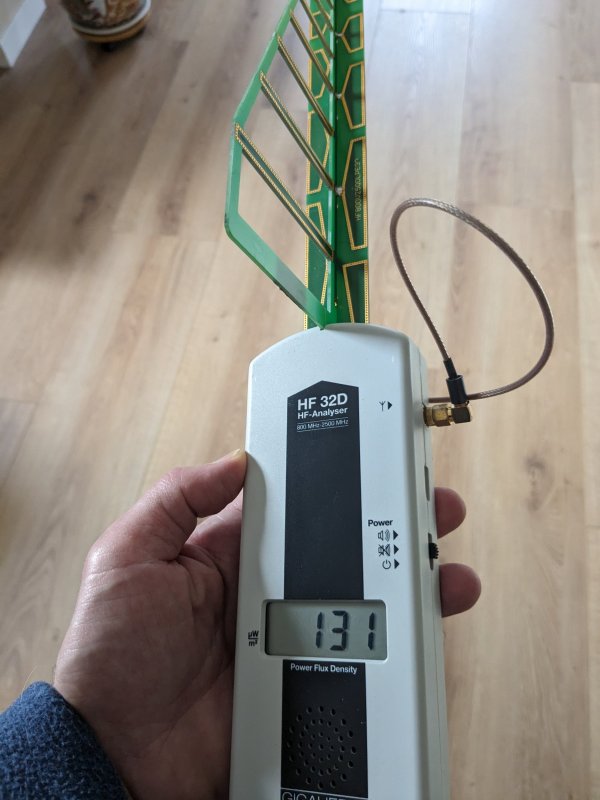

 gigahertz-solutions.com
gigahertz-solutions.com
These are widely available second hand.
In my living room, my Sonos sound bar is a source of very strong HF noise, as well as my Amazon Echo, and unsurprisingly my internet router. I have found an optimal spot for placing my hifi gear, but will also turn off as many of these devices as I can when I listen to music.
I will also try to measure the levels of noise produced by some of my digital sources.
In other rooms, it is interesting to see how some areas measure surprisingly high levels of RF. I suspect in some cases it may be wiring or metal frames behind the walls, acting as antennas, that cause this.
Why bother with all this? Well, according to the designer of my amp/DAC, for one:
"All wireless devices (WIFI, Bluetooth, GSM) use and generate very high frequencies far into the GHz range. These can have significant impact on (digital) audio systems. These wireless systems were designed for optimal reception, penetrating almost every (digital) audio device and coupling into almost every interlink"
And from an old post of his on DIYaudio, some more explanations:
"HF signals are not audible so why bother? The problem occurs when these modulated carrier waves get demodulated and then dump the contained audible interference right into the audio spectrum, like with a radio receiver. It only takes a single P-N junction to demodulate such amplitude modulated carrier."
Better safe than sorry!
The manufacturer of that measuring device also sells screening and canope solutions. So you could use one of those to cover your Hi-Fi rack, or even better, build a "room within a room" to listen to your speakers!
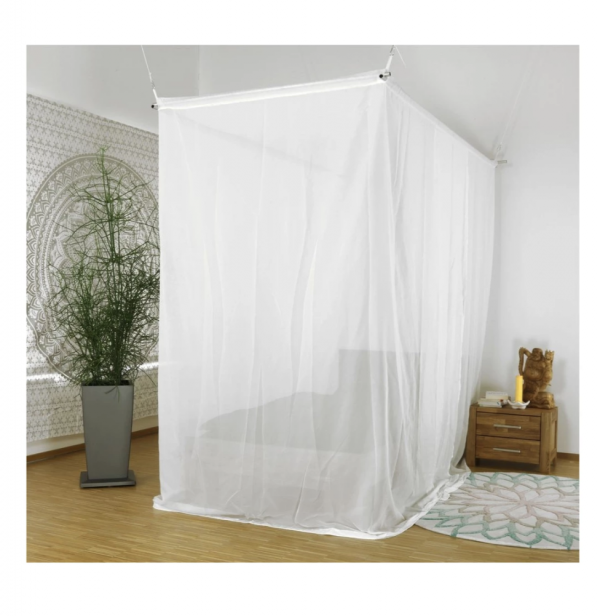
The whole thing needs to be grounded.
A little extreme! I am not going to go there, but I will bet that some audiophiles have
Understanding the location and source of HF noise can also be beneficial to your health?

 gigahertz-solutions.com
gigahertz-solutions.com


HF32D
The most affordable meter with a true LogPer antenna for detecting and measuring exposure to radio frequency (RF) electromagnetic radiation.
These are widely available second hand.
In my living room, my Sonos sound bar is a source of very strong HF noise, as well as my Amazon Echo, and unsurprisingly my internet router. I have found an optimal spot for placing my hifi gear, but will also turn off as many of these devices as I can when I listen to music.
I will also try to measure the levels of noise produced by some of my digital sources.
In other rooms, it is interesting to see how some areas measure surprisingly high levels of RF. I suspect in some cases it may be wiring or metal frames behind the walls, acting as antennas, that cause this.
Why bother with all this? Well, according to the designer of my amp/DAC, for one:
"All wireless devices (WIFI, Bluetooth, GSM) use and generate very high frequencies far into the GHz range. These can have significant impact on (digital) audio systems. These wireless systems were designed for optimal reception, penetrating almost every (digital) audio device and coupling into almost every interlink"
And from an old post of his on DIYaudio, some more explanations:
"HF signals are not audible so why bother? The problem occurs when these modulated carrier waves get demodulated and then dump the contained audible interference right into the audio spectrum, like with a radio receiver. It only takes a single P-N junction to demodulate such amplitude modulated carrier."
Better safe than sorry!
The manufacturer of that measuring device also sells screening and canope solutions. So you could use one of those to cover your Hi-Fi rack, or even better, build a "room within a room" to listen to your speakers!

The whole thing needs to be grounded.
A little extreme! I am not going to go there, but I will bet that some audiophiles have
Understanding the location and source of HF noise can also be beneficial to your health?

Measuring electrosmog: This is how it`s done | Gigahertz Solutions
Measuring electrosmog, how does it work? - Tips and information on the correct use of an electrosmog measuring device - Take a look now!
Last edited:
Last edited:
Frequency response is a little smoother. Either way I am happy listening:
Digital, so no chance of reaching altered states
Digital, so no chance of reaching altered states
Here's that Julie London LP that I mentioned a few weeks ago. It sounds really nice, though it is not in "mint" condition:
 youtube.com
youtube.com
The original vinyl is much more pleasant than the digital version. Her voice has more presence, there is more resolution, etc...
Julie London is nice to listen to, but not my favorite. This reminds me that there are a few Sarah Vaughan LPs that I would be curious to listen to...
- YouTube
Enjoy the videos and music you love, upload original content, and share it all with friends, family, and the world on YouTube.
The original vinyl is much more pleasant than the digital version. Her voice has more presence, there is more resolution, etc...
Julie London is nice to listen to, but not my favorite. This reminds me that there are a few Sarah Vaughan LPs that I would be curious to listen to...
Last edited:
The Blues will never go out of style, especially when played by Johnny Hodges. The mono LP of "Back to Back" sounds great (at least to my ears in my living room).
One small but interesting thing to note, for those of you who are into "system videos" is that the recording of a single speaker will sound roughly the same listening through speakers or headphones. There may be a small stereo effect in the recording due to the fact that a phone records in stereo, but it is minimal.
I think the video also illustrates how a single speaker playing a mono source can give a good sense of the recording space and offer good instrument separation (probably better than with two speakers). It also illustrates, to some extent, I believe, what I like about the Altec 755A, which is good clarity, resolution, and dynamics, the combination of these attributes resulting, to my ears, in a "lively" sound (to avoid using the term "natural"). It is also a great speaker to listen to either far-field or near-field. In fact, playing the music softly you can put your ear really close to the speaker and enjoy a full and relaxing sound - it provides a sense of "intimacy" with the music.
I think the video also illustrates how a single speaker playing a mono source can give a good sense of the recording space and offer good instrument separation (probably better than with two speakers). It also illustrates, to some extent, I believe, what I like about the Altec 755A, which is good clarity, resolution, and dynamics, the combination of these attributes resulting, to my ears, in a "lively" sound (to avoid using the term "natural"). It is also a great speaker to listen to either far-field or near-field. In fact, playing the music softly you can put your ear really close to the speaker and enjoy a full and relaxing sound - it provides a sense of "intimacy" with the music.
Last edited:
Getting back to ECDesigns...another interesting feature they have developed is the "ElectroTos" connection. It simply consists in placing a LED at the end of a coaxial cable. This avoids some of the drawbacks of a standard optical Toslink cable, which are added jitter and reflections.
Jitter is "tackled" in the DAC through reclocking, but it does, according to ECDesigns' John Brown, contribute to extra noise.
The ElectroTos connection is described in their products' manuals:
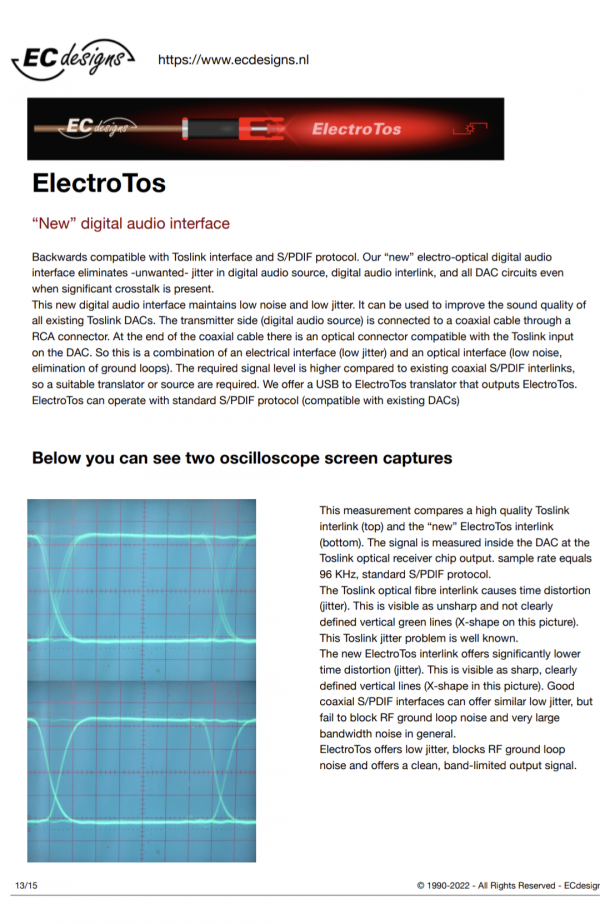
In essence, "ElectroTOS offers the cleanest optical signal and very good galvanic insulation"
In order to use this EiectroTos connection, ECD offers a USB to optical interface (UT192) but it is in fact very easy to modify any source that offers Toslink output to route the signal to a RCA output that will work with their ElectroTos cable.
I modded a raspberryPi zero with an external digital output, as well as my Ian Canada TransportPi, as seen below:
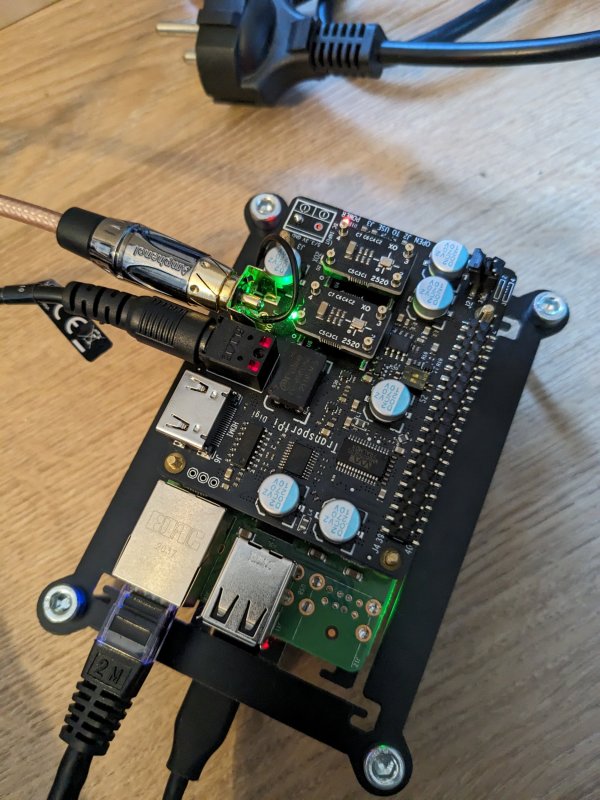
The cable above the Toslink is the coaxial cable terminated with a LED, that simply fits into the Toslink input of the PowerDAC-SX.
Using this ElectroTos connection takes the sound quality a step further.
I will be modding my M2TECH Joplin (phono/ADC) in a similar way to maximize the sound quality of vinyl playback.
Jitter is "tackled" in the DAC through reclocking, but it does, according to ECDesigns' John Brown, contribute to extra noise.
The ElectroTos connection is described in their products' manuals:

In essence, "ElectroTOS offers the cleanest optical signal and very good galvanic insulation"
In order to use this EiectroTos connection, ECD offers a USB to optical interface (UT192) but it is in fact very easy to modify any source that offers Toslink output to route the signal to a RCA output that will work with their ElectroTos cable.
I modded a raspberryPi zero with an external digital output, as well as my Ian Canada TransportPi, as seen below:

The cable above the Toslink is the coaxial cable terminated with a LED, that simply fits into the Toslink input of the PowerDAC-SX.
Using this ElectroTos connection takes the sound quality a step further.
I will be modding my M2TECH Joplin (phono/ADC) in a similar way to maximize the sound quality of vinyl playback.
Last edited:
Listening to mono on this Altec 755A speaker (with the ECD SX) is such a pleasure that I have ordered a couple more LPs that are not available in mono on CD.
- Ellington's "Blues in Orbit"
- Ellington's "New Orleans Suite"
Ellington's New Orleans Suite was issued commercially only in stereo, but I discovered on Discogs a "not for sale" "promotional DJ monoraul" version!
I am really curious to listen to it and try to understand how it was produced (EDIT: it is most certainly a "fold down" of the stereo recording, but that does not mean it will not sound good...). Perhaps I will be disappointed by the sound. The music, however, never disappoints. This album has always fascinated me - this was one of the few jazz albums my father had in his collection, so I have been listening to it for a long, long time, perhaps longer than I can remember It is a mistake, however, to view it as another "jazz" album (and perhaps this is why he had it, I never had the opportunity to ask him).
It is a mistake, however, to view it as another "jazz" album (and perhaps this is why he had it, I never had the opportunity to ask him).
It gets a lukewarm review from Scott Yanow on AllMusic:
"This late-period Duke Ellington album is perhaps most notable for including altoist Johnny Hodges' final recordings. In fact, Hodges was supposed to record his first soprano solo in nearly 30 years on "Portrait of Sidney Bechet," but he passed away before the second session. The set consists of the five-song "New Orleans Suite" plus tributes to Wellman Braud, Bechet (tenor saxophonist Paul Gonsalves took Hodges' place as its soloist), Louis Armstrong (a feature for trumpeter Cootie Williams), and Mahalia Jackson. Interesting if not essential music with a few memorable themes being the main reason to acquire this release."
Dan Morgenstern reviewed it in Down Beat when it came out, and his comments align more closely to my impressions:
"As is the case with most of Ellington's suites, the piece can be enjoyed as a whole, but the individual segments stand up just as well by themselves. The music is evocative, highly atmospheric and marked throughout by the gorgeous ensemble textures that set this orchestra apart from every other big band in the history of jazz - or, in deference to Ellington's semantics, American music. Among the peaks, to this listener, is Aristocracy, a charming waltz enhanced by Carney's sonorous baritone and the fine solo work (on fluegelhorn) of Canadian Fred Stone, which brings to Ellington's music a touch of bebop lyricism absent since Clark Terry's departure from the fold (Stone is no longer with the band, but one hopes that someone else - perhaps Eddie Preston - can be found to recreate his part so that this masterpiece will not vanish from the repertoire.) Other marvelous segments: Second Line, with its spirited ensembles that join scored and improvised elements in a unique blend, Russel Procope's warm, sinuous clarinet arabesques, and a powerful, perfectly structured Cootie Williams solo; Portrait of Mahalia Jackson, a sombre, stately piece with lovely reed hues (including the recently rediscovered clarinet trio device) and a short and very moving Gonsalves solo. And Portrait of Sidney Bechet, conceived for Johnny Hodges, who died two days before the recording. Paul Gonsalves makes it as much of a tribute to his dear departed friend as to Bechet, but then there was a close link between those two giants. Gonsalves' playing is unlike anything he has done before, with an uncharacteristic vibrato, never sentimental but profoundly emotional. A beautiful performance.
The Portrait of Louis Armstrong has been performed more tellingly by Cootie Williams in person, but even so, and especially now, stands as a warm tribute, climaxing in a most Satchmo-like cadenza. Norris Turney's superb flute is much in evidence in Bourbon Street, a highly romantic piece despite the fey title. Harold Ashby is featured throughout Delta, and comes remarkably close to the sound and feeling of his idol, Ben Webster. And then there is Hodges, making three solo appearances on the long Blues For New Orleans, of which the second is a fitting swansong, beautifully executed, with that never-to-be-duplicated and unforgettable sound.
This is a great record, and by any standard one of the major musical events of 1971. One now awaits with impatience the appearance on record of Ellington's Near East Suite most or all of which has already been taped by the maestro himself, as was this album until Atlantic took it on, for which they merit applause"
---
I cannot help but saying that this illustrates one of the pitfalls of using Roon as a music "discovery" tool, as it is based exclusively on All Music for its reviews. Obviously, you can make an opinion for yourself, but how many people may have skipped listening to the album, or listened to it with a negative pre-conception, after reading Yanow's review?
---
There is a nice video of Ellington performing some of the tracks from New Orleans Suite in concert in Italy:
5:14 Second Line
12:28 Bourbon Street Jingling Jollies
16:43 Aristocracy A La Jean Lafitte
21:54 Thanks For The Beautiful Land
25:37 Portrait Of Louis Armstrong
In the album version, the force of the band is more obvious, but it is interesting to see this and the soloists perform. The performance was on July 20, 1970. Johnny Hodges had died on May 11th, so he was watching from above.
- Ellington's "Blues in Orbit"
- Ellington's "New Orleans Suite"
Ellington's New Orleans Suite was issued commercially only in stereo, but I discovered on Discogs a "not for sale" "promotional DJ monoraul" version!
I am really curious to listen to it and try to understand how it was produced (EDIT: it is most certainly a "fold down" of the stereo recording, but that does not mean it will not sound good...). Perhaps I will be disappointed by the sound. The music, however, never disappoints. This album has always fascinated me - this was one of the few jazz albums my father had in his collection, so I have been listening to it for a long, long time, perhaps longer than I can remember
It gets a lukewarm review from Scott Yanow on AllMusic:
"This late-period Duke Ellington album is perhaps most notable for including altoist Johnny Hodges' final recordings. In fact, Hodges was supposed to record his first soprano solo in nearly 30 years on "Portrait of Sidney Bechet," but he passed away before the second session. The set consists of the five-song "New Orleans Suite" plus tributes to Wellman Braud, Bechet (tenor saxophonist Paul Gonsalves took Hodges' place as its soloist), Louis Armstrong (a feature for trumpeter Cootie Williams), and Mahalia Jackson. Interesting if not essential music with a few memorable themes being the main reason to acquire this release."
Dan Morgenstern reviewed it in Down Beat when it came out, and his comments align more closely to my impressions:
"As is the case with most of Ellington's suites, the piece can be enjoyed as a whole, but the individual segments stand up just as well by themselves. The music is evocative, highly atmospheric and marked throughout by the gorgeous ensemble textures that set this orchestra apart from every other big band in the history of jazz - or, in deference to Ellington's semantics, American music. Among the peaks, to this listener, is Aristocracy, a charming waltz enhanced by Carney's sonorous baritone and the fine solo work (on fluegelhorn) of Canadian Fred Stone, which brings to Ellington's music a touch of bebop lyricism absent since Clark Terry's departure from the fold (Stone is no longer with the band, but one hopes that someone else - perhaps Eddie Preston - can be found to recreate his part so that this masterpiece will not vanish from the repertoire.) Other marvelous segments: Second Line, with its spirited ensembles that join scored and improvised elements in a unique blend, Russel Procope's warm, sinuous clarinet arabesques, and a powerful, perfectly structured Cootie Williams solo; Portrait of Mahalia Jackson, a sombre, stately piece with lovely reed hues (including the recently rediscovered clarinet trio device) and a short and very moving Gonsalves solo. And Portrait of Sidney Bechet, conceived for Johnny Hodges, who died two days before the recording. Paul Gonsalves makes it as much of a tribute to his dear departed friend as to Bechet, but then there was a close link between those two giants. Gonsalves' playing is unlike anything he has done before, with an uncharacteristic vibrato, never sentimental but profoundly emotional. A beautiful performance.
The Portrait of Louis Armstrong has been performed more tellingly by Cootie Williams in person, but even so, and especially now, stands as a warm tribute, climaxing in a most Satchmo-like cadenza. Norris Turney's superb flute is much in evidence in Bourbon Street, a highly romantic piece despite the fey title. Harold Ashby is featured throughout Delta, and comes remarkably close to the sound and feeling of his idol, Ben Webster. And then there is Hodges, making three solo appearances on the long Blues For New Orleans, of which the second is a fitting swansong, beautifully executed, with that never-to-be-duplicated and unforgettable sound.
This is a great record, and by any standard one of the major musical events of 1971. One now awaits with impatience the appearance on record of Ellington's Near East Suite most or all of which has already been taped by the maestro himself, as was this album until Atlantic took it on, for which they merit applause"
---
I cannot help but saying that this illustrates one of the pitfalls of using Roon as a music "discovery" tool, as it is based exclusively on All Music for its reviews. Obviously, you can make an opinion for yourself, but how many people may have skipped listening to the album, or listened to it with a negative pre-conception, after reading Yanow's review?
---
There is a nice video of Ellington performing some of the tracks from New Orleans Suite in concert in Italy:
5:14 Second Line
12:28 Bourbon Street Jingling Jollies
16:43 Aristocracy A La Jean Lafitte
21:54 Thanks For The Beautiful Land
25:37 Portrait Of Louis Armstrong
In the album version, the force of the band is more obvious, but it is interesting to see this and the soloists perform. The performance was on July 20, 1970. Johnny Hodges had died on May 11th, so he was watching from above.
Last edited:
It is interesting to compare the same recording on my Altec and Open Baffle speakers:
Note: the second one is in stereo and was taken with my Tascam recorder a few months ago.
Very different sound, pros and cons to each, and neither are probably "optimized". The Altec speaker has no problem filling up the room.
Note: the second one is in stereo and was taken with my Tascam recorder a few months ago.
Very different sound, pros and cons to each, and neither are probably "optimized". The Altec speaker has no problem filling up the room.
Last edited:
When you want hear the quality of your home system, listen to vifa copenhagen such amazing mobile speaker.You can pay over 50.000 $ for this:
Or 150$ for this:
No wonder many consumers shy away from high end audio!

It plays quietly with incredible resolution or at your garden party with a level undistorted that you didn't think was possible. problem expensive but worth every cent.
When you want hear the quality of your home system, listen to vifa copenhagen such amazing mobile speaker.
It plays quietly with incredible resolution or at your garden party with a level undistorted that you didn't think was possible. problem expensive but worth every cent.
I actually hesitated getting that model - was not sure the price was worth it. I may still give it a try! Will look for a store that carries it.
2x 28mm tweeter,2x 50mm midrange 2x80mm bass 50hz-20khz +- 3dbI actually hesitated getting that model. I may still give it a try!
You won't regret it, I promise. I sat with my mouth open where I heard the speakers for the first time. I'm amazed at how this works.

Vifa Copenhagen 2.0 - Bluetooth-Lautsprecher
MEHR DETAILS KOPENHAGEN 2.0 JETZT EINKAUFEN FANGEN SIE KOPENHAGEN IN SEINER VERSION 2.0 Energetische Atmosphäre. Leuchtende Farben. Und dieses dezente nordische Aussehen und Gefühl.Vifas cooler, cleverer Copenhagen-Lautsprecher ist jetzt in einer aktualisierten Version erhältlich, die es Ihnen...
 www.vifa.dk
www.vifa.dk
Loren Schoenberg explains here the challenges of preserving and restoring the recordings of Bill Savory. Some of them were issued by Mosaic Records, and others can only be heard (due to royalty disputes) at the Jazz Museum in Harlem (but call before you go - when I visited last September I was told they were "not available" on that day...).
The video was just published on his channel, but it actually dates from 2010.
Similar threads
- Replies
- 25
- Views
- 9K
- Replies
- 250
- Views
- 49K
- Replies
- 3
- Views
- 4K
- Replies
- 14
- Views
- 10K
- Replies
- 50
- Views
- 20K
| Steve Williams Site Founder | Site Owner | Administrator | Ron Resnick Site Owner | Administrator | Julian (The Fixer) Website Build | Marketing Managersing |


